Ranked: 5 Ways to Break a Stuck Fastener
Any car is an assembly of parts. Since bolted joints are both strong and easy to assemble, just about any service or maintenance on a car or truck requires you to remove some type of bolt. Anyone who has worked on a car for more than three minutes knows that even a larger project is not so bad if the hardware is not difficult to deal with. Those with many years of experience know how difficult corroded and stuck fasteners often give up, but convincing them to surrender requires force. How you generate that force is defined by the severity of the situation. Let’s look at the levels of bolt persuasion, from least to most aggressive, and some of the reasons why they fall in this order.
Level #5: Open-End Wrench
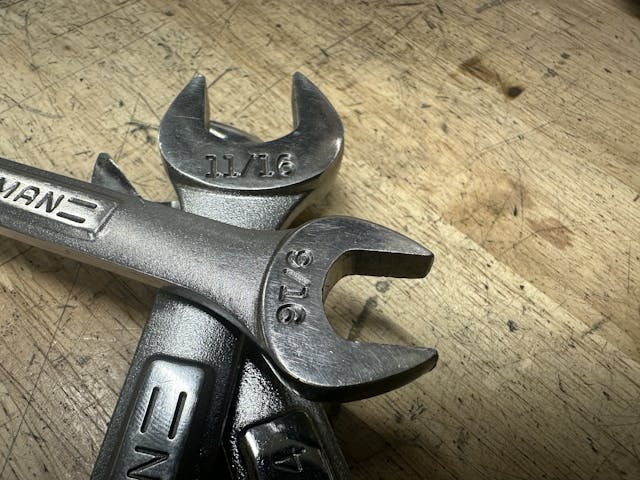
An open end wrench is nothing more than two parallel surfaces that meet two sides of a fastener. This often means only truly gripping near the corners due to tolerance in production of both the hardware and the tool. Sometimes, the fit is plenty tight and less than one foot of leverage is plenty. There is a reason wrenches are standard in every automotive toolkit since people started working on cars; wrenches pack light, are simple to produce, and are durable for many years if not abused. Sure, long-handle versions exist, but most of those are box-end, which means they are basically a worse version of a …
Level #4: Socket and Ratchet

The combination of a socket and a ratchet steps things up in a couple different ways: First, by providing additional contact points with the stuck fastener. Whether 12-point or 6-point, a socket provides more even contact with the fastener, and a ratchet allows us to shift the angle of the lever to maximize the force applied by our muscles. That handle can easily be exchanged for a …
Level #3: Longer Ratchet
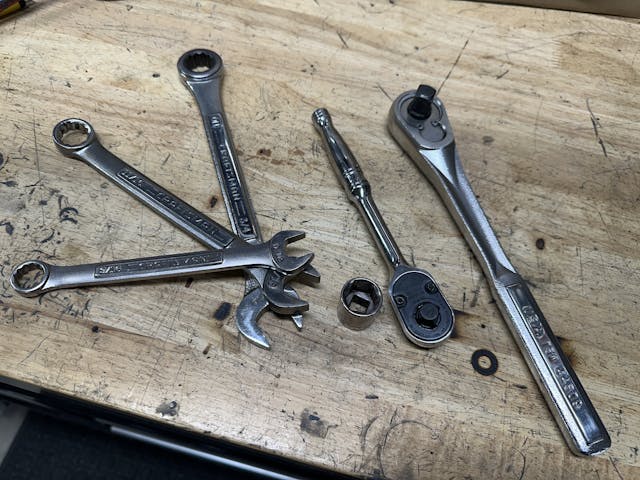
The socket is giving us good positive engagement on the hardware, so if it hasn’t moved yet, we must add force. Long-handle ratchets are handy, because it can be difficult to reposition a long wrench multiple times just to rotate a fastener one turn. Sadly, the most helpful part of a ratchet—the rotating head—is also the weak point, and if you treasure your tool you will likely grab one with a longer handle before adding a cheater bar or hitting the handle of your ratchet with a hammer. Sure, you can buy rebuild kits for some ratchets … or you could avoid stripping out the catch pawls inside the head in the first place.
Level #2: Impact Wrench
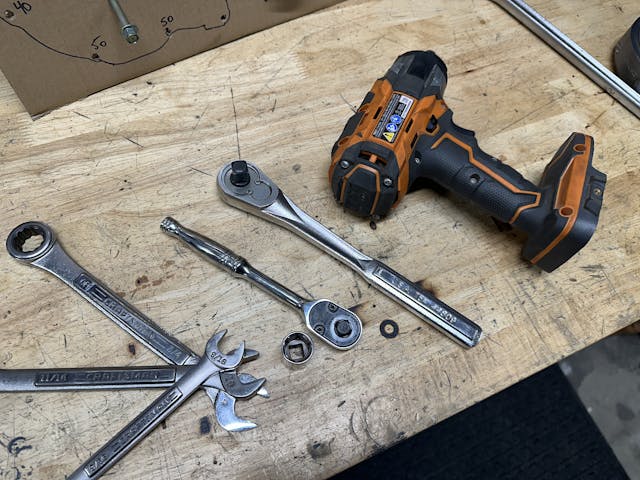
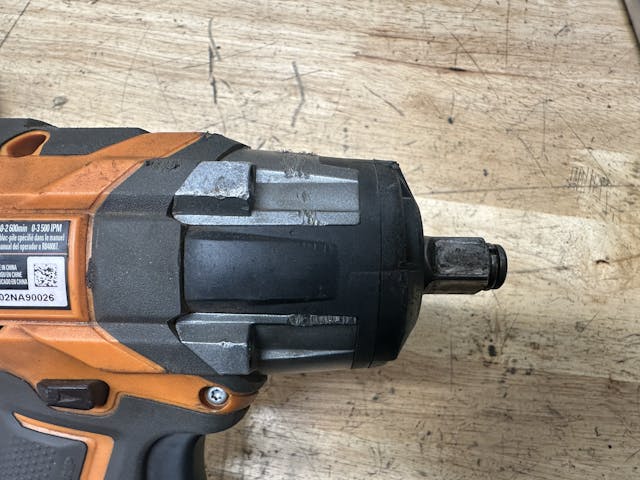
Leaning your weight on a long lever is one way to impart force. The other is to apply it suddenly with a spinning hammer. That is the basic function of an impact wrench, which generates high amounts of force in short bursts to help break loose the corrosion that forms inside threaded joints. Better yet, impact wrenches are powered by compressed air or by batteries, not by elbow grease, making them the hot ticket when dealing with stuck stuff. The only problem is that the torque capabilities of an impact wrench are limited by design, as the motor, hammer, and anvil can go get so large before the tool becomes unwieldy. You might have to switch back to brute force and grab the …
Level #1: Breaker Bar
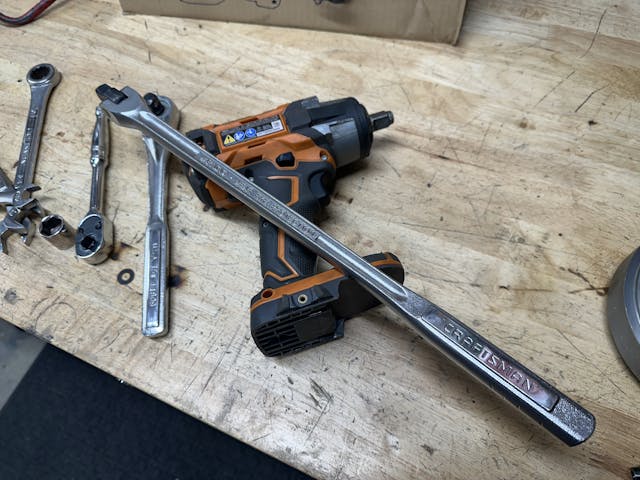
At the end of the day, physics always wins. While inconvenient compared to the luxury of an impact wrench, using a long bar to apply torque to a proper-fitting socket is by far the best way to put absurd amounts of torque onto a stuck fastener.
A long enough lever will snap the hardened head off every breaker bar you can find. And that is what you are often hoping for, at this point—the sweet release of tension by any means necessary. Just break already. The drill and tap set are already on the workbench.
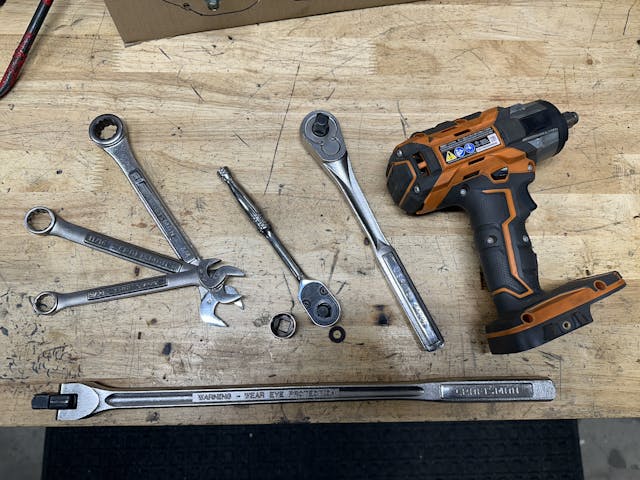
***
Check out the Hagerty Media homepage so you don’t miss a single story, or better yet, bookmark it. To get our best stories delivered right to your inbox, subscribe to our newsletters.
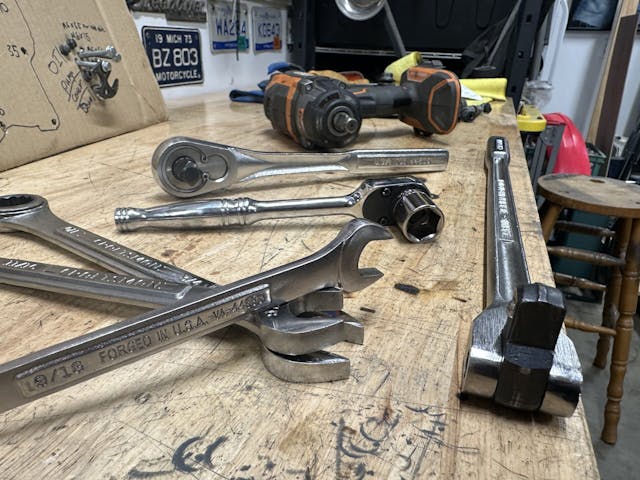
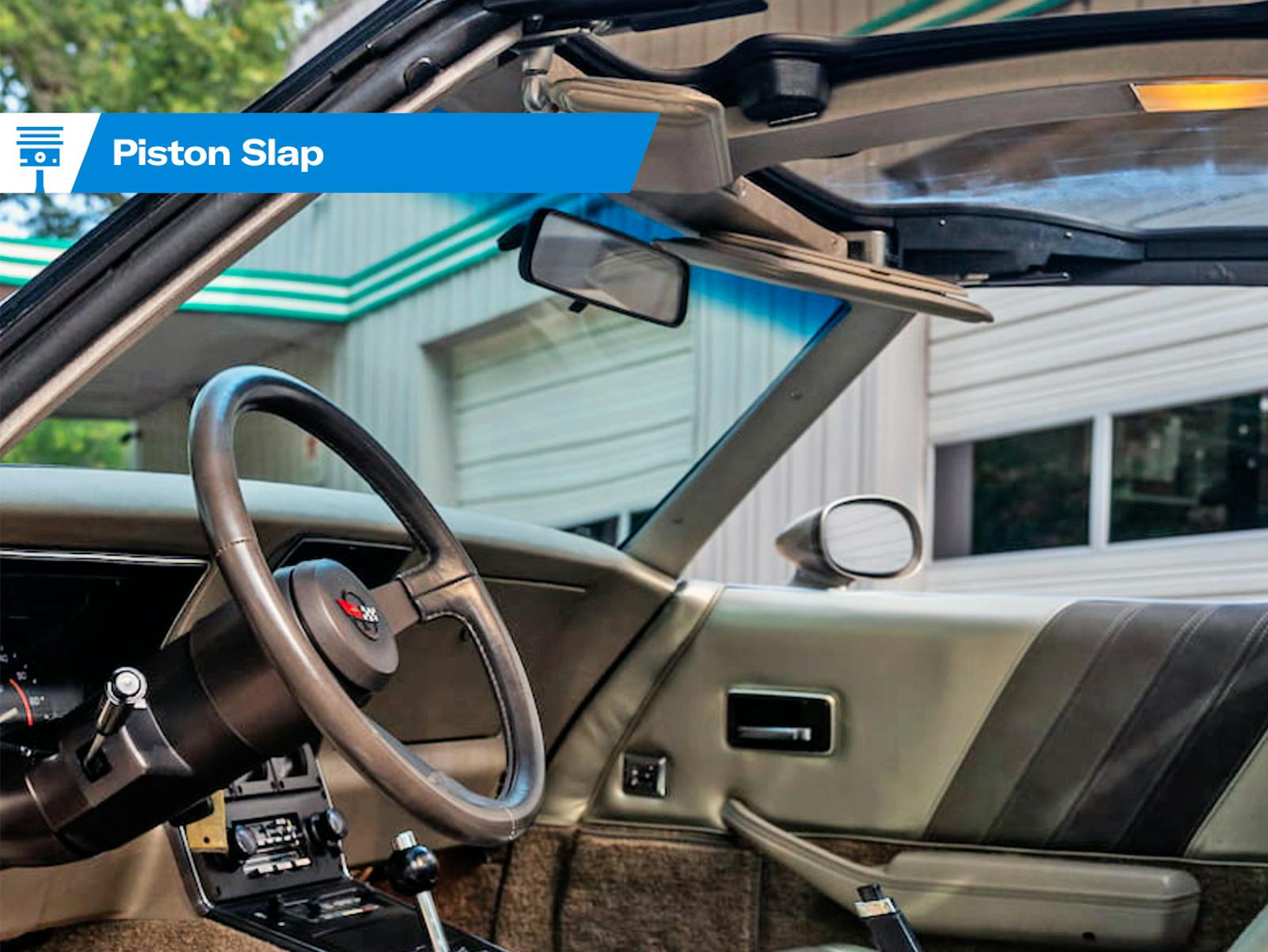
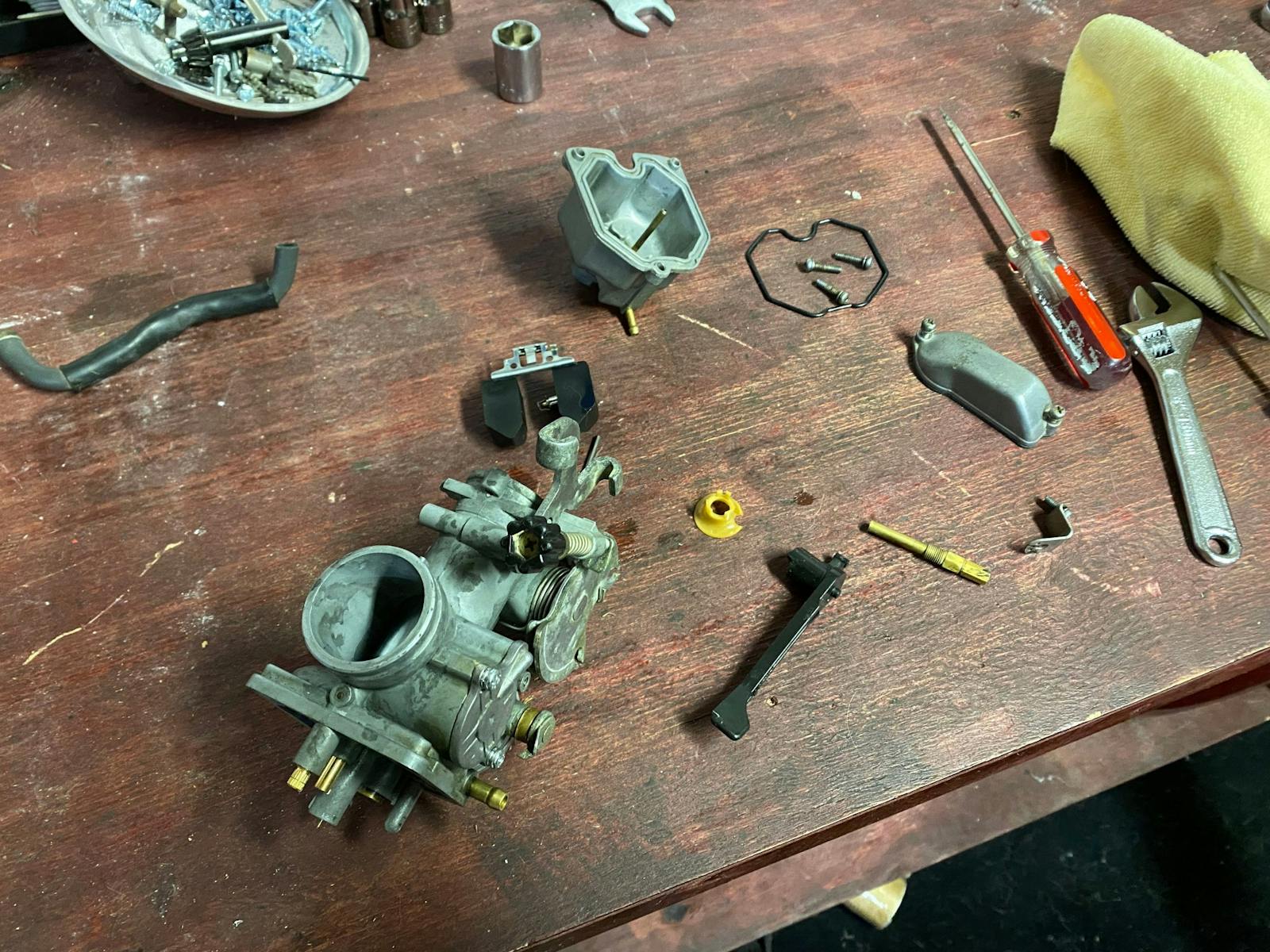
“Give me a lever long enough and a fulcrum on which to place it, and I shall move the world.” – Archimedes
“Give me a torch and I can use a much shorter lever” – Me
Way basic. All of the approaches are designed for an unstuck fastner. If it is really stuck, you will have used all of these up with no success. Or with a broken part.
Pathetic, really. You need HEAT and LUBRICATION to loosen and remove rusted fasteners. If they are in a sleeve and rusted in place, then you probably need to DESTROY the part that has the sleeve, or totally hack your way into the sleeve from the fastener. Either way, you have to destroy something. My GO-TO TOOL is the INDUCTOR ( https://www.theinductor.com/induction-heater-tools-store/mini-ductor/mini-ductor-ii ). If that doesn’t work, then I break-out the torch. If the torch can’t be used due to rubber or other nearby meltables, then I use cutting tools to access the frozen area. All depends on the situation. My GO-TO CUTTING TOOL is the 4 1/2″ grinder or die grinder with either a 1/16″ cut-off wheel or grinding wheel. In any case, it all depends on the situation. Another way to remove broken fasteners as a last resort is a LEFT-HAND DRILL BIT and an ‘EASY-OUT’. But most times that doesn’t work so I use the WELDER to get the job done, as shown here: https://www.youtube.com/watch?v=x_ky5JVxtqU . And ALWAYS use lubricant, like Blaster or ATF.
Those pesky exhaust manifold nuts and bolts are frustrating aren’t they- almost always break off flush to whatever they’re threaded into. Oh the guy with the Jack stand, breaker bar and 5 foot cheater pipe brings back fond memories of Budd wheel lug nuts on our old ten wheeler. The trick was to heat the nuts red hot, 1 inch breaker bar , 2 foot extension, trusty ole jack stand, 5 foot cheater pipe and get up on the end of said pipe hanging on to side of truck bounce up and down – ending up with nut suddenly breaking loose and some one “flying off the handle” haha!
Let’s be honest there are so many classic 1960s it’s hard to pick the ones we have had or liked best. I’ve had my share including a 1964 Malibu SS convertible (sometimes I dream about this one still sitting in my garage needing a new brake job), a 1967 Malibu SS, and a 1969 Camaro convertible. I wish I still have all of those.
There’s a nut on the rear axle/brake drum of air-cooled VWs that we sait the torque spec was “tighten it ‘til your voice changes, then take another quarter turn.”
When I was bringing my bug back to life, a breaker bar simply turned the wheel, even with the car on the ground. I can apply far more force by lifting than I can by pushing down. The hand brake was tightened as much as it could be, and the tire actually skidded on the pavement. I rented an impact wrench and got the mothers loose.
While disappointed the article was less than useful, I certainly understand why my insurance company won’t let their authors advocate taking a torch to the cars they’re insuring. Especially since for every person that doesn’t apply nearly enough heat (my brother) there’s one that’s going to liquify the nut, bolt, washers, casting, frame, and wrench, AND they’ll do that while trying to loosen the gas tank because it started leaking when they filled it 10 minutes ago.
OK. I have a brass overflow transmission plug in an aluminium sump. Tried everything. Next I will try cooling the plug with solid CO2, and try to loosen. Al has higher cooefficient of expansion than Brass, so expands more than brass when heated, so hopefully cooling will shnk the plug. Next run car to get all hot, then try to cool plug again……. Any other ideas? Thanks Help much appreciated
You are walking the path I would have recommended in trying to freeze the plug. It likely even tougher since both both brass and aluminum are pretty efficient at shedding het to the other. Tough to heat or cool them separately.
Thanks, much appreciated